The frozen foods market in India is currently characterized by a dynamic competitive landscape, driven by evolving consumer preferences and increasing demand for convenience. Major players such as Nestle (CH), Unilever (GB), and McCain Foods (CA) are actively shaping the market through strategic initiatives focused on innovation and regional expansion. Nestle (CH) emphasizes product diversification, particularly in health-oriented frozen meals, while Unilever (GB) leverages its extensive distribution network to enhance market penetration. McCain Foods (CA) is concentrating on sustainability, aiming to reduce its carbon footprint, which resonates well with environmentally conscious consumers. Collectively, these strategies contribute to a competitive environment that is increasingly focused on meeting consumer demands for quality and sustainability.
Key business tactics within the frozen foods market include localizing manufacturing and optimizing supply chains to enhance efficiency. The market structure appears moderately fragmented, with several key players holding substantial market shares. This fragmentation allows for a variety of product offerings, catering to diverse consumer preferences. However, the influence of major companies is significant, as they set trends and standards that smaller players often follow, thereby shaping the overall market dynamics.
In October 2025, Unilever (GB) announced a partnership with a local agricultural cooperative to source organic vegetables for its frozen food line. This strategic move not only enhances the quality of its products but also supports local farmers, aligning with the growing consumer demand for sustainable sourcing. Such initiatives are likely to strengthen Unilever's brand loyalty and market position, as consumers increasingly favor companies that demonstrate social responsibility.
In September 2025, Nestle (CH) launched a new range of frozen plant-based meals aimed at health-conscious consumers. This introduction reflects a broader trend towards plant-based diets, which are gaining traction among Indian consumers. By tapping into this growing segment, Nestle positions itself as a leader in innovation within the frozen foods market, potentially capturing a significant share of the health-oriented consumer base.
In August 2025, McCain Foods (CA) unveiled its new sustainability initiative, targeting a 50% reduction in plastic packaging by 2030. This commitment not only addresses environmental concerns but also aligns with consumer expectations for sustainable practices. As consumers become more environmentally aware, McCain's proactive approach may enhance its competitive edge and appeal to a broader audience.
As of November 2025, current trends in the frozen foods market indicate a strong shift towards digitalization, sustainability, and the integration of AI technologies in supply chain management. Strategic alliances are increasingly shaping the competitive landscape, allowing companies to pool resources and expertise. Looking ahead, competitive differentiation is likely to evolve from traditional price-based competition to a focus on innovation, technology, and supply chain reliability. Companies that can effectively leverage these trends will likely secure a more robust market position in the future.


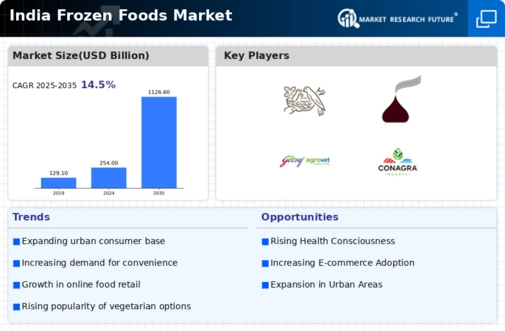
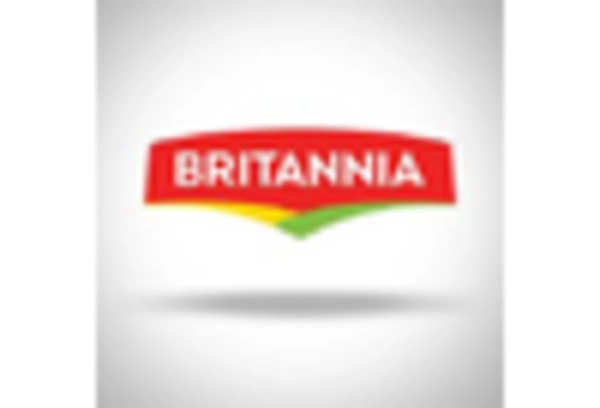
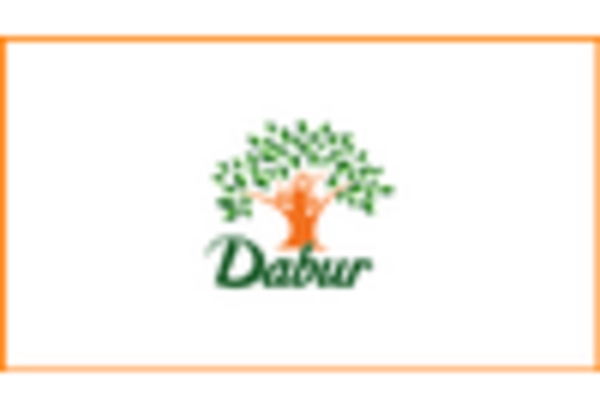
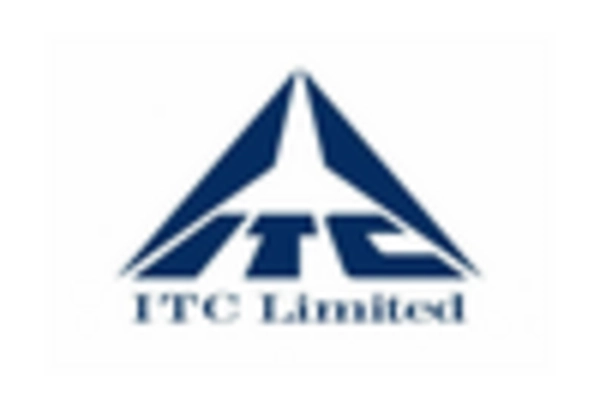
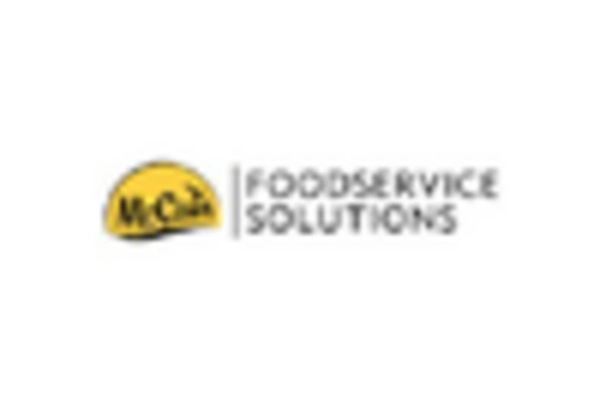
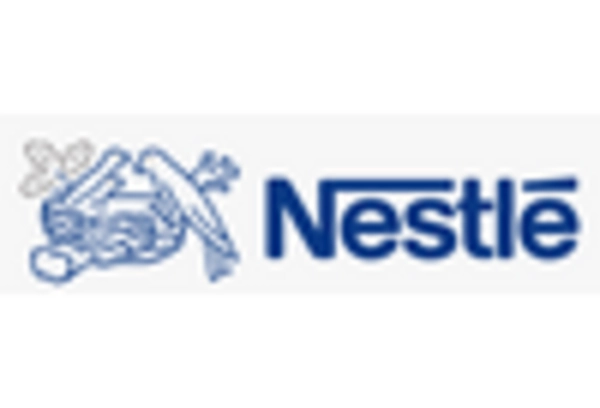









Leave a Comment